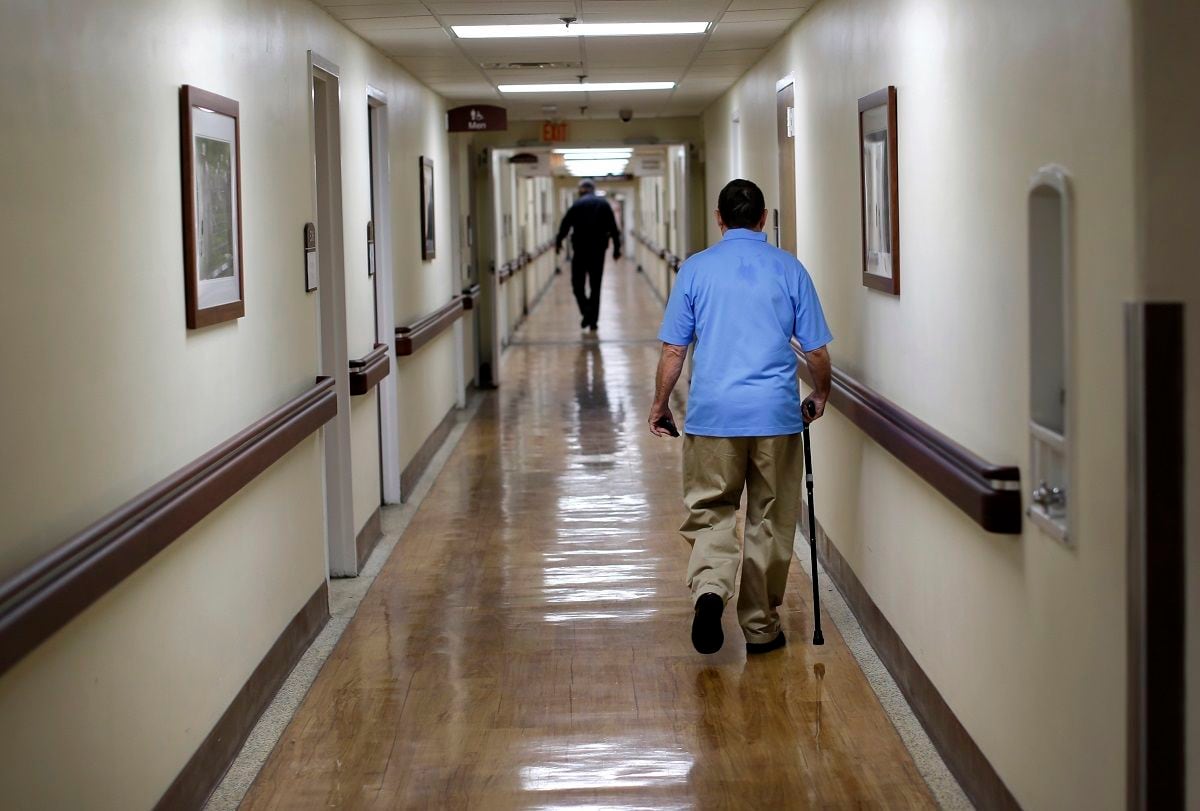The U.S. Digital Service released a scathing report April 2 on the Department of Veterans Affairs plan for consolidating the agency’s community care programs, which enable veterans to access care outside of VA health centers.
The transition is part of the implementation of the Maintaining Internal Systems and Strengthening Integrated Outside Networks Act, which became law June 6, 2018, and is scheduled for implementation June 6, 2019.
But the USDS report, dated March 1 and coming after the VA asked the digital service organization to take an outside look at their efforts, recommends slashing or radically altering core technology components of the rollout, with just a few months to go before the scheduled date.
“While the USDS team expects the VA to fulfill the legal requirements for Section 101 [of the MISSION Act] at a high level, doing so comes without alignment to a single Veteran-centric vision for how to fundamentally transform the VA health system to ensure veterans have ‘easy and reliable access to care that the veterans need when they need it,’ ” the report said.
Members of the House Committee on Veterans Affairs questioned whether, in light of this judgement, the rollout should even take place as scheduled.
"I believe in taking the time to get things right. I said it in December when I chaired the first oversight hearing regarding MISSION Act implementation and I will say it again now: I would rather VA postpone implementation of this program than rush to implement it in name only and have veterans pay the price for it,” said Rep. Phil Roe, R-Tenn.
But according to Richard Stone, executive in charge of the Veterans Health Administration, the timing of the bill and the expiration of the previous legal authority for community care, the Choice Act, means that the agency doesn’t really have the option to delay implementation.
“Are we concerned? Yes,” said Stone. “That said, the Choice Act expires on the 6th. I have no ability to buy care if we don’t go forward. We must go forward with the MISSION Act on June 6.”
The USDS team made seven sweeping recommendations to VA:
- Establish a veteran-centric vision — According to the report, the VA Office of Information Technology’s decision to address the MISSION Act implementation in “piecemeal updates and evolutions to existing policies, contracts and software efforts” has missed the legislation’s opportunity to fundamentally transform the healthcare system.
- End development of the Decision Support Tool — The DST is designed to automate the process of determining whether a veteran is eligible for community care by taking into account for physician recommendations, drive times and changes to the availability requirements. But USDS found that the tool, with active development only starting in January 2019, will face timing, data quality and usability issues that warrant scrapping DST in its current form and starting again.
- Establish a veteran-facing tool for eligibility — The DST is designed for healthcare provider use, rather than veteran use, and the USDS team recommended that VA focus on a tool that helps veterans know whether they are eligible for community care or not, as veterans have to ask specifically for it during their appointments.
- Support continuity for veterans’ ongoing care — The continuity care program is supposed to transfer the scheduling services with community care from a third-party administrator into local medical centers. USDS found that while this was a good idea, VA introduced scheduling through its third-party provider at additional locations in 2019, contrary to the long-term plan.
- Structure contracts for continuity of veteran care — Because VA has allowed contracts to lapse and has scheduled contracts for six new regions in the community care system, USDS found that a poor implementation of those changes could result in veterans experiencing a disruption in care.
- Partner with another federal network — The VA is currently pursuing six new contracts to establish the community care program, two of which are in protest, and three of which have yet to be awarded. USDS recommended that these contracts were more effort than they were worth, and recommended partnering with another federal agency program.
- Use FHIR for the exchange of electronic health records — The VA plans to use the HealthShare Referral Manager and manual formats to exchange health records between the VA and community providers. But USDS found that because few community providers use HSRM, the vast majority of records transfers will have to be manual. Instead, they recommended using Fast Healthcare Interoperability Resources, already a standard in the healthcare industry.
Stone and other VA officials who testified at the hearing said that they had confidence in the system to work when rollout happens, but that the failure of certain pieces, such as the DST, does not necessarily mean that the whole system would collapse.
“VA will be ready to offer veterans community care under the MISSION Act on June 6. Once it goes live, the Decision Support Tool will improve efficiency for VA providers, making referrals by helping to simplify decisions about community care eligibility. But the tool is not essential for implementing any of the new provisions of the MISSION Act,” said Stone.
“In the event that a technical challenge occurs, VA will be able to make eligibility decisions using existing and enhanced methods and tools.”
VA Chief Information Officer James Gfrerer said that the system was designed to “fail elegantly” so that it wouldn’t inhibit other processes.
Jessie Bur covers federal IT and management.





